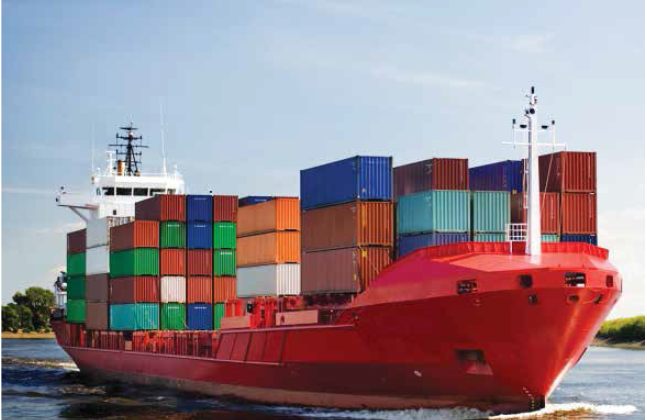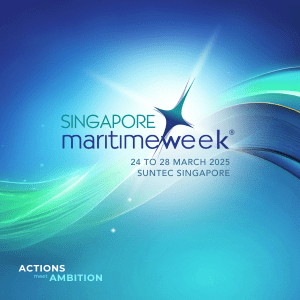[vc_row][vc_column][vc_column_text]
South Asia Watch on Trade, Economics and Environment (SAWTEE) is undertaking diagnostic study to assess the situation of water transport in Nepal under Expanding Tradable Benefits of Trans-boundary Water: Promoting Navigational Usage of Inland Waterways in Ganga and Brahmaputra Basins (IW) Project. The project aims to contribute to upgrading policies and laws governing inland waterways in the BBIN region for improving transport connectivity and strengthening livelihood of those directly connected to waterways. Under the project, this diagnostic study includes institutional analysis on the management of policies and laws with respect to the management of inland waterways in Nepal.
Rationale
It is evident that Nepal has not been able to exploit this potential fully due to lack of adequate port infrastructure and maintenance, and the absence of policies and legislations to ensure safe and profitable navigable conditions. This research aims to assess the state of institutions – legal and governmental – which govern inland waterways for potential trans-boundary connectivity. The objective is also to evaluate how the existing water transport services are interconnected with livelihoods of the locals and in what ways would the future cross border inland waterways expansion impact their lives. This project will also help in identifying gaps in policies and institutional capacity prevailing in the existing system once Nepal decides to adapt waterways as an alternate mode of transport.
Findings
Nepal has more than 6000 rivers with cumulative length of 45,000 km which can be used to be connected to international waters. But lack of institutional and physical infrastructure has left inland navigation as an untapped sector. All rivers in Nepal drain into Ganges and are a part of Ganges River Basin (GRB). Connecting Nepal’s waterways to Indian waterways can open a new alternative trade route. In addition, via waterways Nepal could make use of Bangladesh’s ports as well.
The BBIN countries (Bangladesh, Bhutan, India and Nepal) have potential to get connected through water for swifter and cheaper trade movement. Rivers in Nepal are all tributaries of the Ganges while, on the east, rivers from Bhutan meet Brahmaputra and both these mighty rivers get to the Bay of Bengal via Bangladesh. Such confluence make possibility of the transport connectivity for freight through water a reality provided some river engineering is done.
MoPIT had commissioned a feasibility study for water transport in the Koshi, Gandaki and Bheri River basins in 2012. The study concluded that most of the routes they appraised were suitable for operating vessels for touristic purposes. The river flow pattern makes navigation on motored boats difficult. The report concludes that commercial water transport for mass passengers and goods movement is not recommended in the present condition; however, recreational water transport could be developed.
The Koshi River
The river is also known as Saptakoshi once it hits the plains in Nepal in Chatara at eastern Nepal. Of the total 720 km length of the Koshi, 513 km lies in Nepal. The river enters India at Bhimnagar –about 50 km from Chatara – and finally reached the Ganges River near Kursela. At present, water transport on the Koshi River is limited to boats used for river crossing at certain places. These boats are sole medium of transportation that connects the people of socalled Sri Lanka Tappu with other habitation. The boat crossing services are operated at two points with about five kilometres distance, all year long. Although the lack of river navigation has made people highly dependent on the unreliable road transport, fishermen take it on a positive note as they are afraid that motorised vessels would scare off the fish and affect their livelihood. As of now, commercial navigation is non-existent in the Koshi River, but it may be possible after the construction of proposed Saptakoshi High Dam.
The Gandaki River
The region between Dhaulagiri and Gosainsthan is drained by the Gandaki river system. The river basin has a total area of 34,960 sq km of which 90 per cent lies in Nepal. At present, the rivers in Gandak tributaries do not boast any inland waterways. Besides a steamer service on the reservoir created by the construction of dam for Kali Gandaki and a hydroelectric project in Synagja, there is no mechanized navigation service available. The Gandak Basin also does not have proper inland waterway route. Prospects of developing navigable waterways are ample once the rivers –Trishuli and Kali Gandaki converge into the Narayani River near Devghat, and flows on the flatter surface. The river could have emerged as an alternate route to travel from Narayanghat to Triveni –border to India. However, such undertaking are not possible due to the Chitwan National Park which does not allow boats citing adverse impact on the habitation.
In the Koshi basin, river transport could make reaching upper hilly regions via water possible. If similar service could be restarted or extended to include freight movement, it could reflect on the price of commodities. In similar vein, having robust water transport in the Narayani River would mean more employment opportunities for the people in the area.
Trade through waterways
Getting direct access to sea for Nepal cargo movement would translate into lower trading cost. Due to its geographical disadvantage and overdependence on India’s congested Kolkata and Haldia Ports as transit gateway, Nepal suffer from high trading cost. As IWT in South Asia is receiving growing attention from the governments and international agencies alike, inland navigation could emerge as a viable option for Nepal. Navigation has been taken up as an important part of the integrated river management programmes. As India is upgrading its river ports and terminals at Patna and Varanasi to transport Nepal bound cargo, developing river connectivity would provide Nepal a much needed alternative trade route. Similarly, through the Ganges River, Nepal could access the Haldia, Chittagong and Mangla Ports.
Recommendations
Undertake feasibility study of the rivers to facilitate multi-modal transport services.
- Upgrade existing traditional boats.
- Nepal needs to set up a body for developing waterways.
- A comprehensive Act needs to be framed to facilitate navigation.
- Incentives should be offered to increase private sector participation.
- Trans-boundary inland waterways connectivity should be established.
[/vc_column_text][/vc_column][/vc_row]








